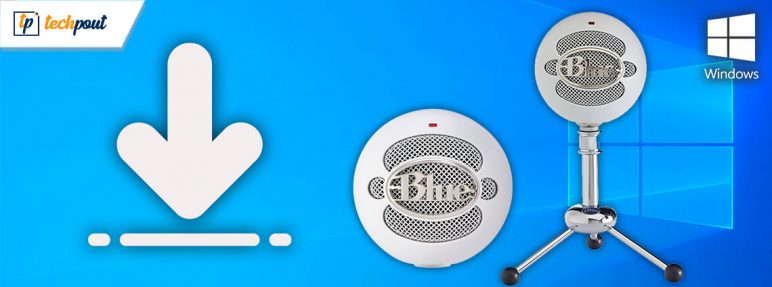

I was wondering how to adjust the angle and tried shifting it around. This setting is useful for small singing groups (can gather around the mic), conferences, interviews, and environmental recordings (using a laptop I guess).Ī word of warning about the omni setting though - if your recording space is not ideal, the omni pattern will pick up a lot more noise and room echo/reverb than the cardioid pattern. It picks up sound equally from all directions - behind, below, above, etc. Omni-directional is just what it sounds like. Most mics default to that pickup pattern. And this is the main difference between the standard Snowball and the Snowball iCE).Ĭardioid means it picks up sound best that is in front of the mic, rejecting what's behind and to the sides of it. So Blue Snowball mic has two pickup patterns, cardioid and omni-directional.

Third Position - activates the omni capsule.Second Position - activates the cardioid capsule with a -10dB PAD.
 First Position - activates cardioid capsule. The manual reveals these 3 positions to be: There is a switch on the back of the mic with 3 positions. Motherboard sound cards also have converters, but they are of low quality and not recommended for recording. Standard mics must be plugged into a separate interface with converters inside. USB mics have converters built right into them, which is what makes them so handy. In digital audio sound must be converted to ones and zeros (digital). It doesn't work like a standard mic (XLE/3-pin connector), which requires an audio interface to connect to a computer. That means it plugs directly into a USB port on a computer. I can say that I've never used a spherical microphone before, so I looked even more forward to testing it out than usual.Īnd just to mention it again, because it's important - The Snowball is a USB microphone. the Snowball is a large diaphragm USB condenser microphone that is, at the very least, unique in shape and appearance. Solutions 6-9 will help you fix your audio drivers and give you some other general tips that could tip the scales in favor of your microphone actually doing its job.This is a review of the The Snowball microphone, by Blue. If you’re using a Bluetooth recording device then all the solutions will be helpful, but pay extra attention to solution 5. If you’re planning to get new wired headphones/headset or if you think you might be having a hardware issue, solution 4 would walk you through the hardware basics that you need in order to avoid common compatibility issues. Solutions 1-3 are basic checks and configurations everyone should make sure they’ve done. If you think you know what the problem is, though, you can jump directly to the corresponding solution.
First Position - activates cardioid capsule. The manual reveals these 3 positions to be: There is a switch on the back of the mic with 3 positions. Motherboard sound cards also have converters, but they are of low quality and not recommended for recording. Standard mics must be plugged into a separate interface with converters inside. USB mics have converters built right into them, which is what makes them so handy. In digital audio sound must be converted to ones and zeros (digital). It doesn't work like a standard mic (XLE/3-pin connector), which requires an audio interface to connect to a computer. That means it plugs directly into a USB port on a computer. I can say that I've never used a spherical microphone before, so I looked even more forward to testing it out than usual.Īnd just to mention it again, because it's important - The Snowball is a USB microphone. the Snowball is a large diaphragm USB condenser microphone that is, at the very least, unique in shape and appearance. Solutions 6-9 will help you fix your audio drivers and give you some other general tips that could tip the scales in favor of your microphone actually doing its job.This is a review of the The Snowball microphone, by Blue. If you’re using a Bluetooth recording device then all the solutions will be helpful, but pay extra attention to solution 5. If you’re planning to get new wired headphones/headset or if you think you might be having a hardware issue, solution 4 would walk you through the hardware basics that you need in order to avoid common compatibility issues. Solutions 1-3 are basic checks and configurations everyone should make sure they’ve done. If you think you know what the problem is, though, you can jump directly to the corresponding solution. 
We recommend following the solutions one by one and checking your microphone after each one to check if the problem is gone. You'll be presented with several different solutions.








 0 kommentar(er)
0 kommentar(er)
